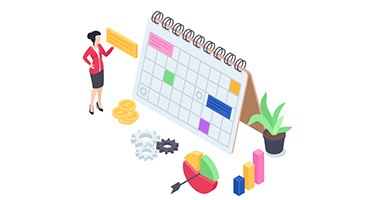
Technical Writing?
Let’s start by answering the question – what is technical writing? It’s typically defined as writing direction, instruction, or explanation for specific technological and occupational fields. What used to just be creating how to manuals has evolved into encompassing all sorts of documentation for technical processes; it’s a way of communicating steps for technology in a user friendly manner. You are basically taking the information out of the heads of the creators and putting it into the heads of the users. Technical writing is about taking a program and explaining it in a way that makes sense to the reader (user).
A form of technical writing is documentation. Documentation is where you walk a user step-by-step through a process using both screenshots and text. On-boarding, testing and training are all areas where documentation can play a critical role.
So, let’s pretend you were just given a documentation assignment…do you know the steps you should take?
When approaching a project of any kind it’s a good idea to tackle it with a plan, and documentation is no exception.
The Documentation Process:
To make this easier, let’s break the documentation process down into four phases.

- Plan Phase: In this phase you will want to identify the purpose of your document. In simplest terms you will want to find out why this document needs to exist. You will also want to identify your target audience and figure out both what they understand and what they need to know. Also, gaining an understanding of how the documentation is expected to be delivered will also be helpful in this phase.
- Research Phase: In this phase you will be interviewing subject matter experts, reviewing existing documentation and using the software to gain an understanding of the system you will be writing documentation on.
- Writing Phase: This is where things really get started. In this phase you will be developing your content and adding in screen shots when/where necessary. In this phase you will want to make sure your content is as clear and concise as possible. Using plain language can sometimes help readers understand more clearly than technical jargon.
- Review/Edit Phase: After writing your document take the time to edit for grammar and punctuation. Taking the time to run a test for usability is an important step.






